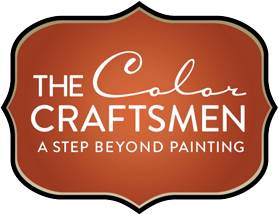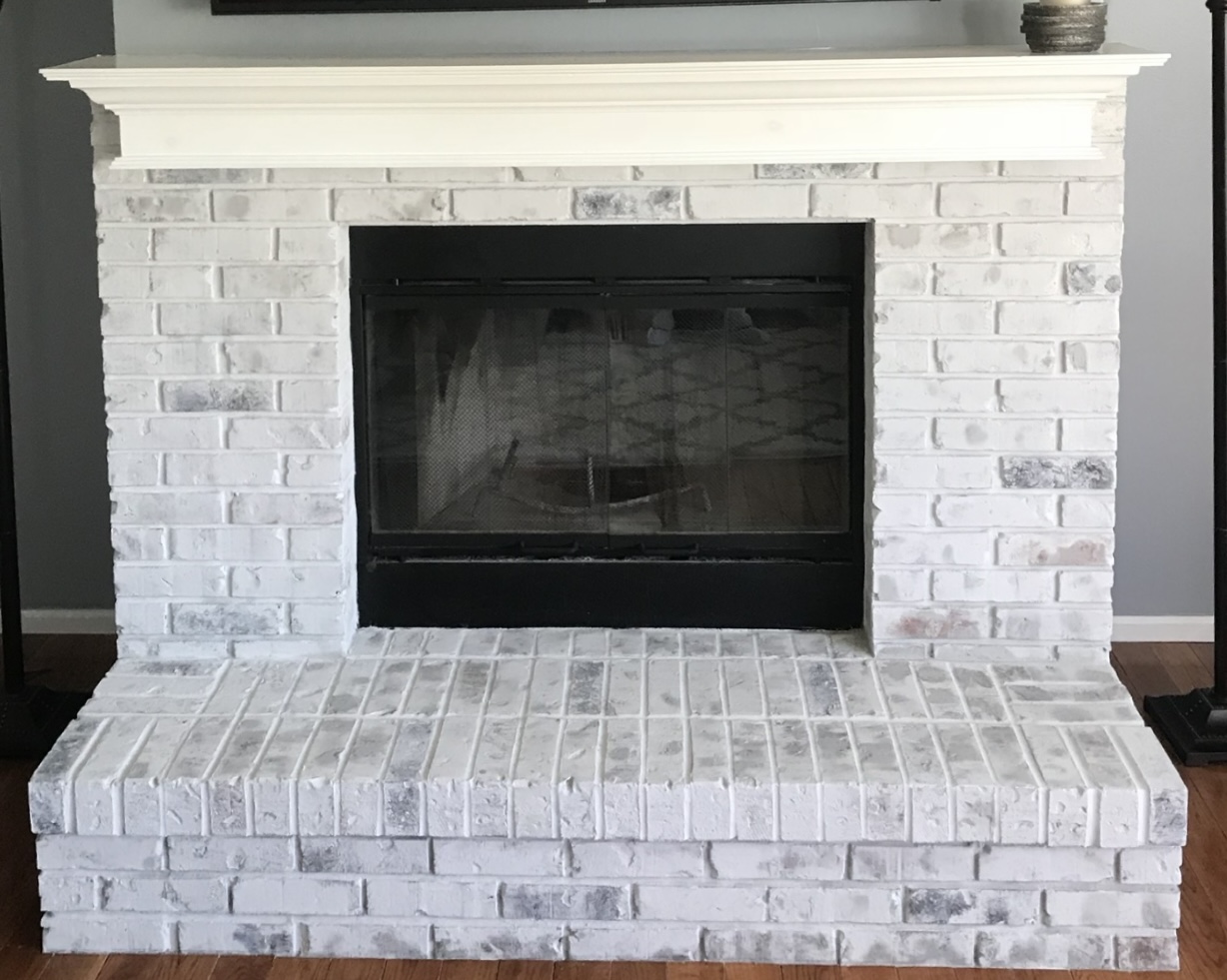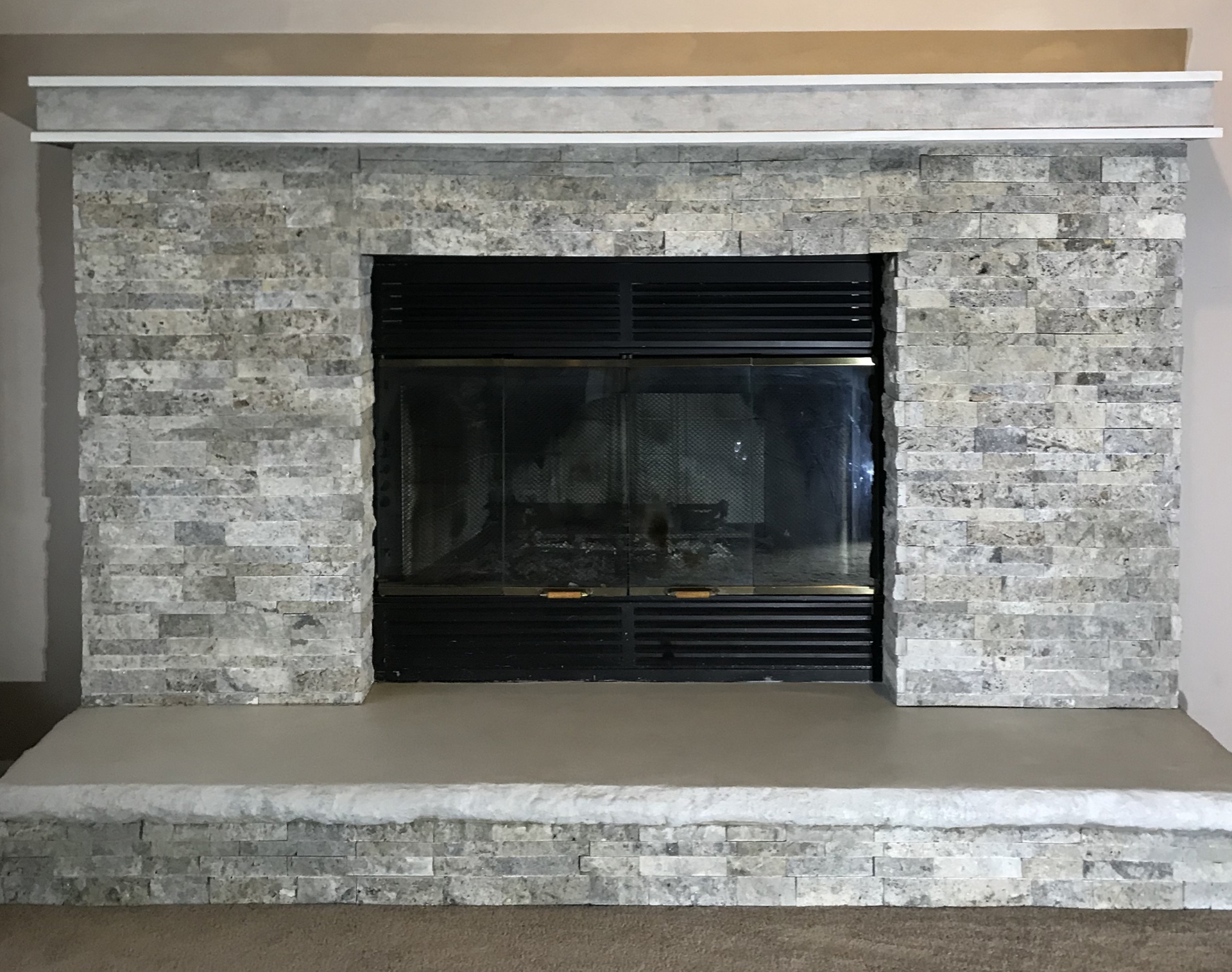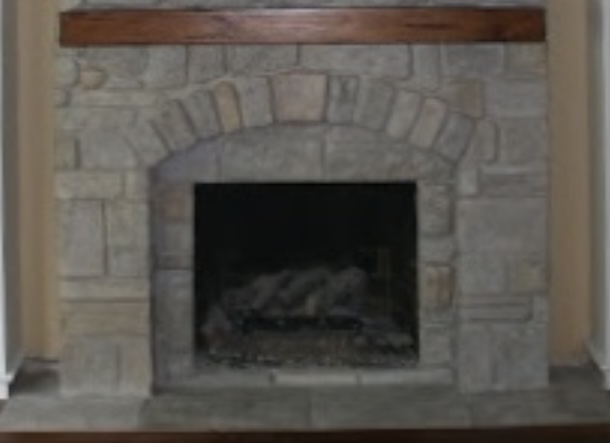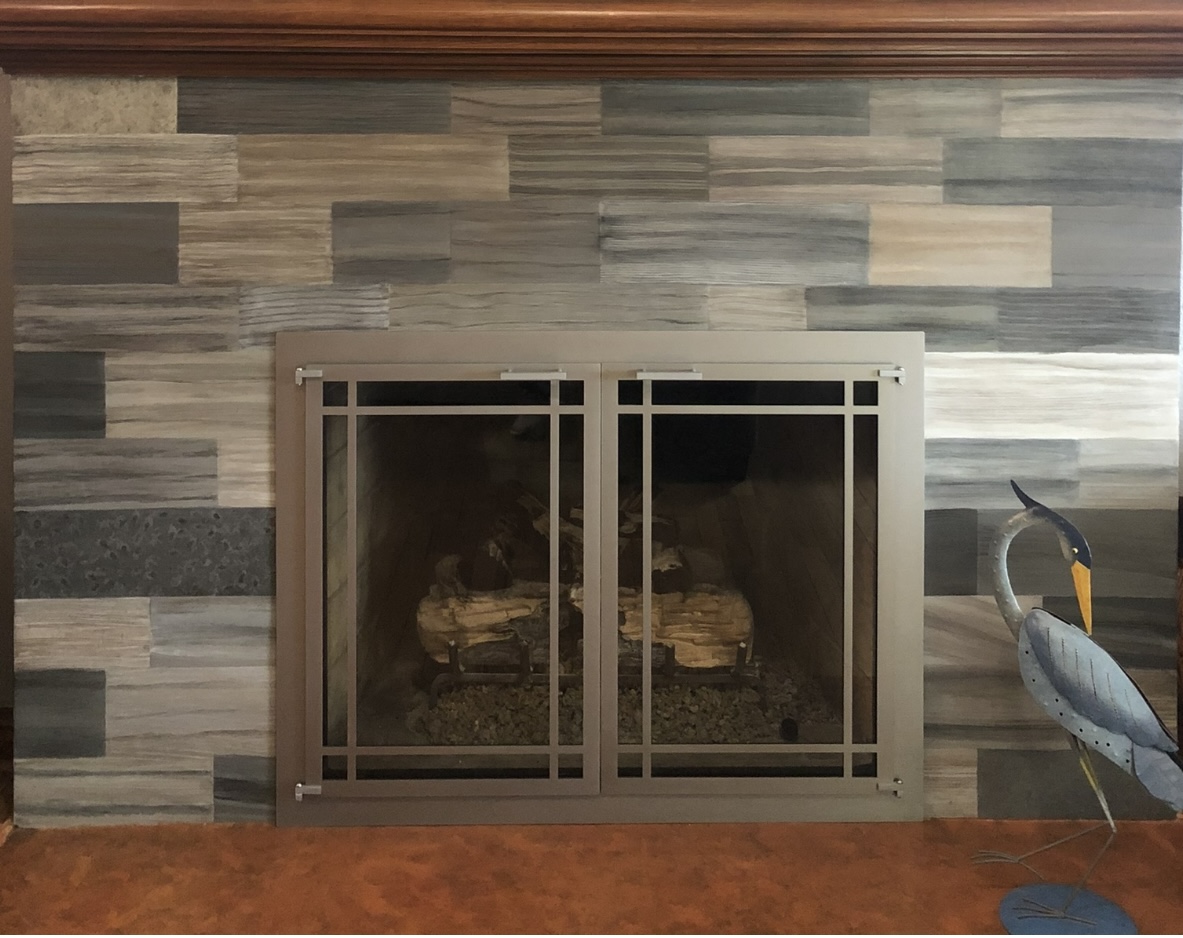Does Your Fireplace
need Reconstructive Surgery?!
Call or text us at (314)-313-1495
Beautifying The World, One Fireplace At A time
The Fireplace Design Experts
Our Experience
Background in the arts + Decades painting homes.
We know materials, techniques & design
Painted Finish
Customized Options
Your ideas + our service
Innovation, just the way you want it
Decorative Plaster Finish
World Class Service: Step-By-Step Design
European Influence, just up the road
Stone, Wood, & More
The Color Craftsmen Experience
Contact us whether or not you know exactly how you want to change your fireplace. We can offer many different prospects for your unit. Our process helps customers define and refine their taste and sense of style.
We like to understand what you don’t like. That helps narrow the scope of options. We often take cues from your choices of furniture and other accents and colors in the room.
We like to understand what you don’t like. That helps narrow the scope of options. We often take cues from your choices of furniture and other accents and colors in the room.
Customized Options
Innovation is a highly prized skill at The Color Craftsmen. Our decades of experience enable us to recommend little-known products that will accomplish what’s needed for your fireplace.
World Class Service: Step-By-Step Design
Communicating via phone, email, or text — the choice is yours. Often we’re able to have text interchanges with you after hours or on weekends and holidays. Past training at sites across America and Europe has prepared us to provide exceptional skill and craftsmanship.
Ready to Replace or Update Your Fireplace? You’re on the right site!
The Color Craftsmen
Discover The
Possibilities
Below is a typical brick fireplace. Follow the arrow to find five prospective outcomes for your fireplace.
Below is a typical brick fireplace. Follow the arrow to find five prospective outcomes for your fireplace.
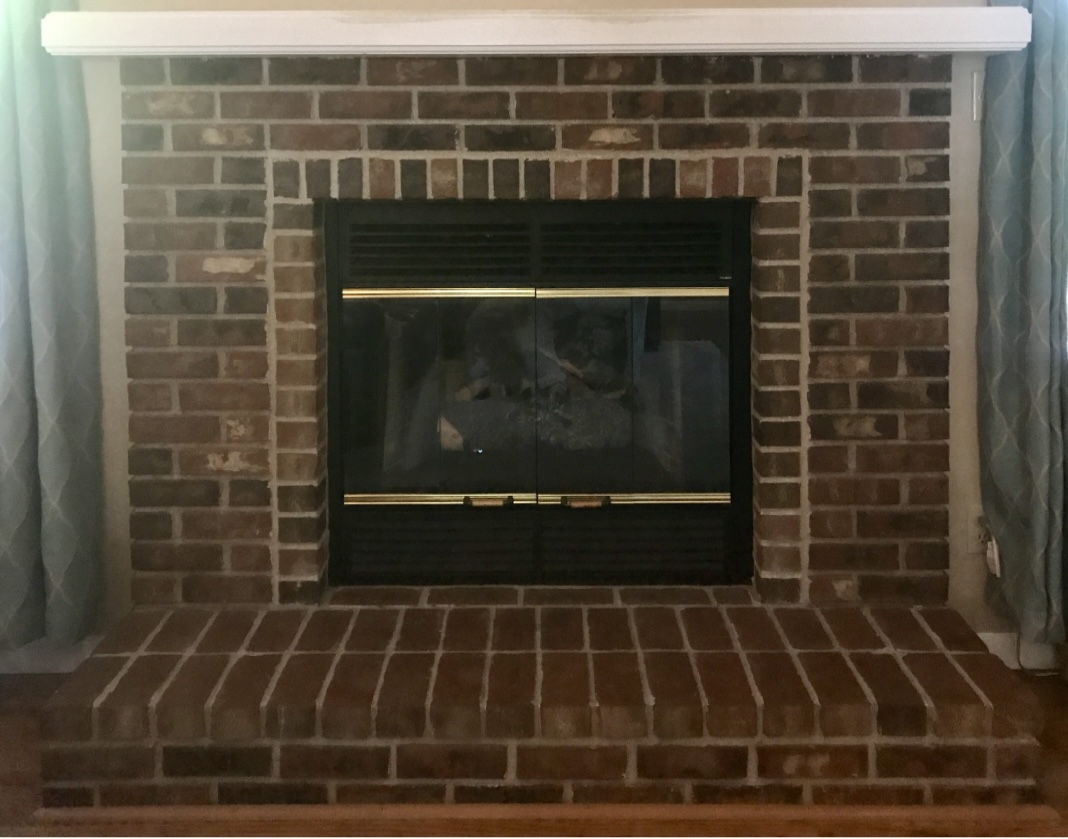

What can be done with a plain fireplace?
"We engaged Color Craftsmen to redo our existing fireplace which was part of an extensive remodeling of our mid-century modern home. John was an impeccable choice for this part of our project. His communication and timeliness was a welcome addition to a quite harrowing 11 weeks of the entire renovation. His suggestions for us were spot-on, and the execution of our mantle and hearth showed us what a true craftsman he is. Considering the time and care he took to complete the fireplace, what we paid was money well spent. He is a very talented man. I would not hesitate to recommend Color Craftsmen for your project."
Don PesekOfficial Google Review
"John did an excellent job updating my fireplace and surrounding area. We had a general idea, but John gave us a number of suggestions and ideas to make it look exactly how we wanted. He painted and repaired our bricks and tile, installed drywall, installed and stained floating wood shelves, painted the walls, fixed a water spot on the ceiling and even got on the roof to waterproof our chimney flashing. He was always very patient and never in a hurry, always willing to make changes on the fly, and happy to discuss the project and try out different ideas. I fully recommend the Color Craftsmen."
Alexander KafouryOfficial Google Review
"I highly recommend Color Craftsmen. From the start, John took his time with us. He gave us examples & options through our decision-making progress, so he was sure he knew what we were looking for. He told us up front what the price would be. He was communicative, prompt, cleaned everything up during & after. John is highly trained in his craft, & it shows. He created a beautiful feature wall that elevates our space & complements our room perfectly! We will enjoy it for many years!"
Jane MontgomeryOfficial Google Review
"John did an amazing job on our fireplace mantel! We have a floor to ceiling stone fireplace that seemed to be a challenge adding a mantel to because of the rough stones. Well, John did some excellent work and added a beautiful mantel that turned out even better than we imagined. He guided us through the whole process, making great suggestions, and really listened to what we wanted. We loved this experience, and couldn't be happier with the result. Thank you, John!"
Chad GobleOfficial Google Review
Previous
Next
St. Louis' Premier
Fireplace Artisan
We’ve helped countless homeowners bring to life the hearth of their dreams. Listen to what they have to say about our craftmanship!
Fireplace Renovations
Dream Big
Educational Section
Below, you’ll find several different kinds of fireplace materials. Click on any you’d like to examine. Generally, there are several different things that can be done with every kind of material.
You don’t need to settle for small changes. Dream big! Modern materials can allow your fireplace to have a whole new look.

